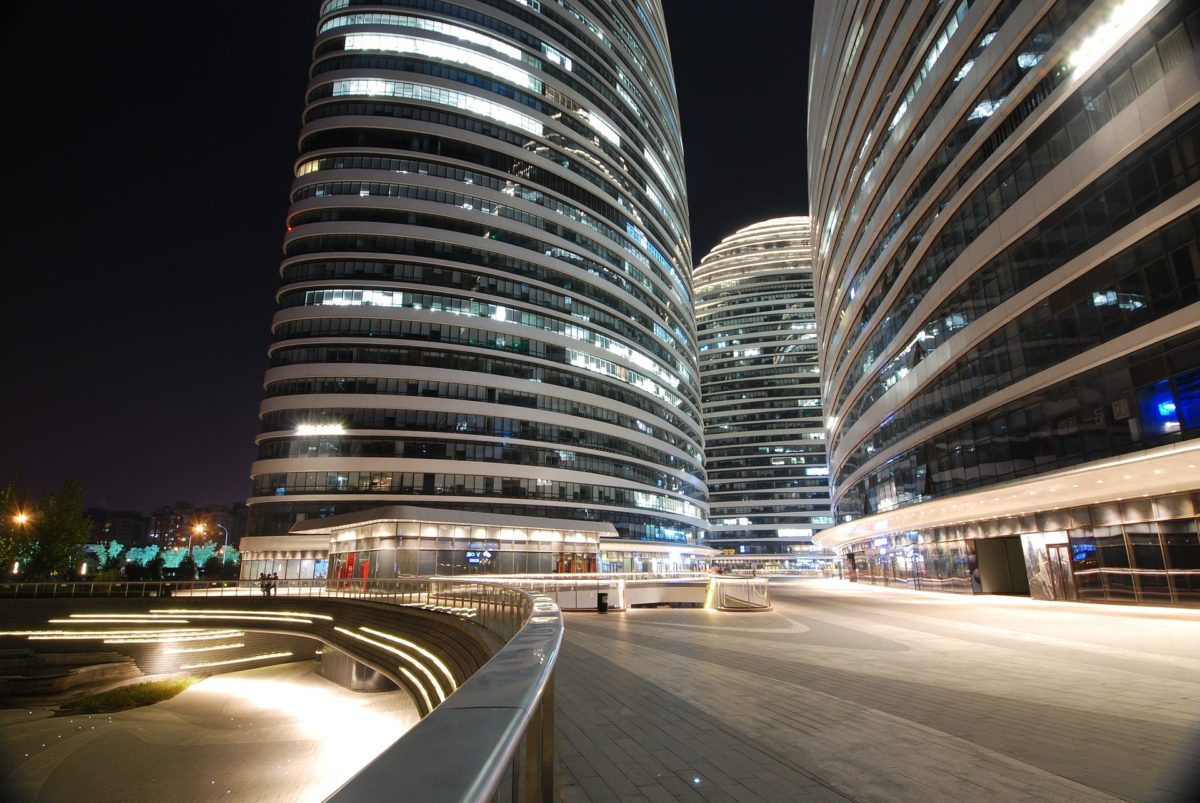Chinese renewable energy project developers owed an estimated RMB300 billion ($43.9 billion) in unpaid state subsidies could be in for a windfall this year, if a prediction made by China market analyst the Asia Europe Clean Energy (Solar) Advisory (AECEA) is borne out.
An update published today by the analyst noted problems such as the huge subsidy backlog are typically sorted out at the end of each of the nation’s five-year plans. With the 13th such strategic policy cycle due to end on December 31, the AECEA said China’s two national grid operators – the State Grid Corp of China and China Southern Power Grid are expected to issue bonds, with the first such, RMB140 billion fundraising exercise due this year as the Ministry of Finance, National Development and Reform Commission and People’s Bank of China attempt to resolve the issue ahead of the 2021-25 policy cycle.
With new policy packages being drafted, the AECEA also noted plans mooted by the Ministry of Transport for all roads, waterways, railways, ports, airports and the postal delivery network to host solar as part of a digital transportation blueprint to 2035. The ministries of housing and industry are preparing for a push on building-integrated PV for the next five-year plan, according to the analyst.
New solar
With the National Energy Administration (NEA) last month revealing China added 11.52 GW of solar generation capacity in the first half – compared to 11.4 GW in the same period of last year – the AECEA raised its full-year new capacity forecast from 23-31 GW to 28-34 GW, but noted the potential dampening effect of a soaring polysilicon price on solar deployment.
A fire at a Daqo polysilicon plant in July was followed by explosions at a GCL Silicon facility later in the month which took down an estimated 10% of global poly production capacity. With rival manufacturer Tongwei seeing operations interrupted by a flooding threat last month, the price of polysilicon leapt from RMB60-64/kg ($8.78-9.36) in early July to RMB94-98 this month, according to the AECEA. The analyst noted the current industry consensus it could take until November for prices to settle back to previous levels and that could lead to disruptively high prices as China enters its late-year peak solar season.
Popular content
The AECEA expects most of the 33 GW of unsubsidized solar project capacity approved by the NEA last month – up from 14.78 GW last year – to be installed in the second half of next year, before some of the priority advantages such facilities enjoy in the energy market are removed at the end of 2021. The analyst remarked upon the fact Shandong province accounted for more than 500 such ‘grid parity’ schemes and that 10.89 GW of the 33 GW planned, across 21 provinces, would be located in Guangdong province alone.
The grid parity project data also revealed further evidence of the tightening grip by state-owned entities – and in particular utilities – on the solar project business, a phenomenon previously highlighted by the AECEA. The analyst said around 68% of approved unsubsidized projects – 23.4 GW – would be developed by just 40 companies, with power companies accounting for 11 GW of that figure and the State Power Investment Corp especially active in the first half.
FIT projects
As far as subsidized projects are concerned, the AECEA highlighted the success of the feed-in tariff (FIT) bidding system to determine the level of state support, with the national average electricity subsidy level of RMB0.065/kWh recorded last year falling to RMB0.033 in 2020, across 434 plants with a total generation capacity of 25.97 GW in 15 provinces. That capacity figure was up from 22.79 GW last year but less geographically diverse, as 22 provinces hosted subsidized PV projects in 2019, according to the AECEA. The analyst suggested grid constraints as a possible explanation for the change, with provinces including Shaanxi, Shandong and Inner Mongolia now requiring energy storage elements in all new PV projects. The AECEA also pointed out the reduced contribution of subsidized distributed-generation arrays, which accounted for 20% of last year’s state-backed systems but only 300 MW of this year’s near-26 GW.
The China analyst also noted the decision last month by authorities in the Inner Mongolian city of Ulanqab to terminate all under-construction solar projects “to protect and restore its surrounding grasslands.” The AECEA added, the city is host to 1.5 GW of solar generation capacity and had up to 4 GW under development in May.
This content is protected by copyright and may not be reused. If you want to cooperate with us and would like to reuse some of our content, please contact: editors@pv-magazine.com.



1 comment
By submitting this form you agree to pv magazine using your data for the purposes of publishing your comment.
Your personal data will only be disclosed or otherwise transmitted to third parties for the purposes of spam filtering or if this is necessary for technical maintenance of the website. Any other transfer to third parties will not take place unless this is justified on the basis of applicable data protection regulations or if pv magazine is legally obliged to do so.
You may revoke this consent at any time with effect for the future, in which case your personal data will be deleted immediately. Otherwise, your data will be deleted if pv magazine has processed your request or the purpose of data storage is fulfilled.
Further information on data privacy can be found in our Data Protection Policy.